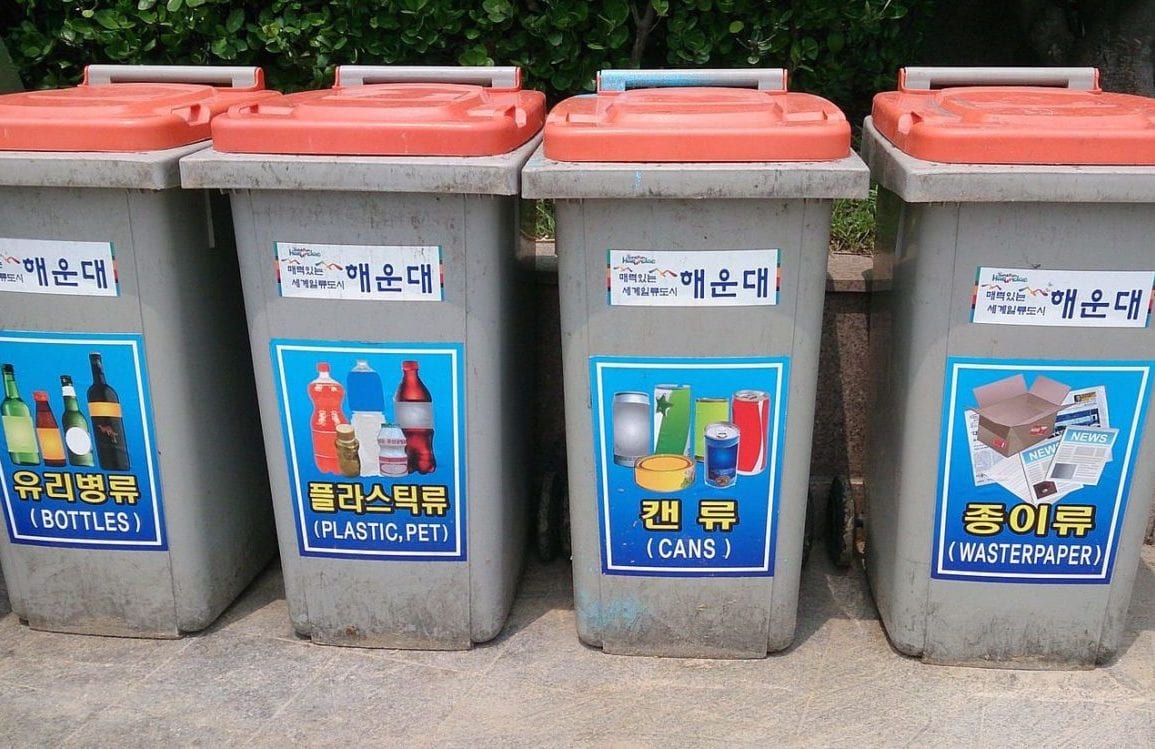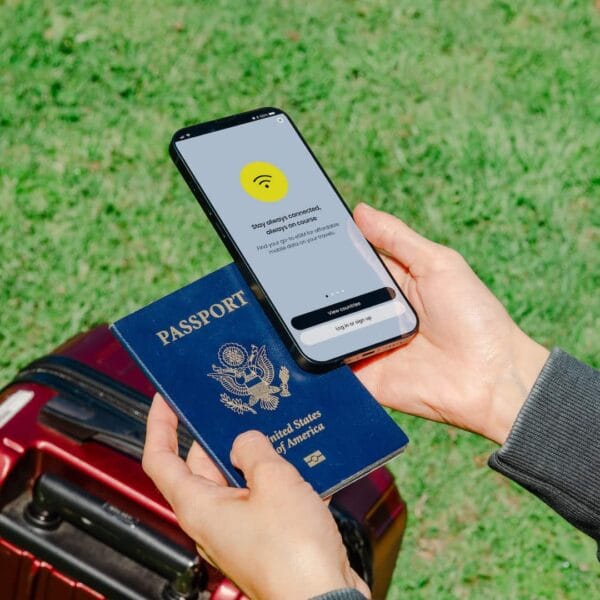If you just landed in Korea, and are planning to stay for a while you might have noticed that garbage disposal in Korea works a little differently than it does in other countries. But not to worry! This article will help you understand everything you need to know about garbage disposal and recycling in Korea.
So how does the trash system work in Korea?
Garbage Disposal Bags
There are various types of garbage bags in South Korea. But the most important things that you need to know will be addressed in this article. One important to remember is that each district has its own official garbage bag so you will have to use the one that is exclusive to the neighborhood you live in. (i.e. You can’t use a bag for Yonsang-Gu in Gangnam-Gu).
General Waste Bag (일반 쓰레기 봉투)
These garbage disposal bags are generally white, but the color can vary in some districts.
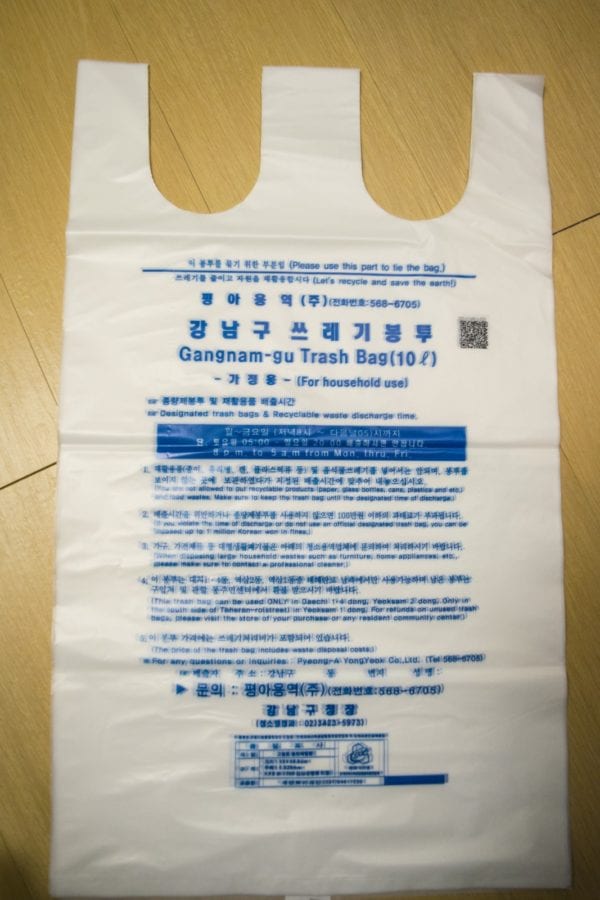
Food Waste Bag (음식물 쓰레기 봉투)
The food trash bags are exclusively for food waste, and they were introduced in order to make the citizens of South Korea more conscious about the amount of food they throw away.
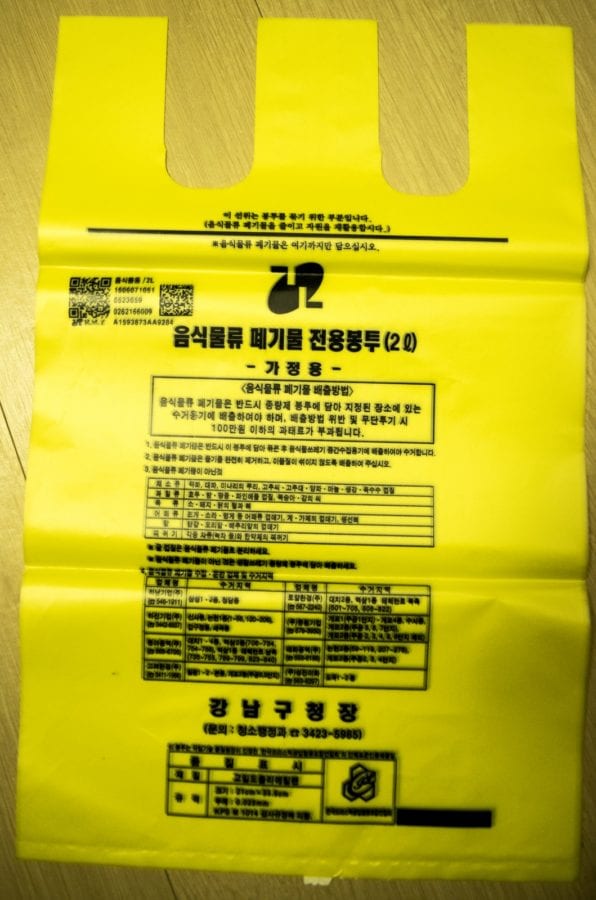
Recyclable Waste Bag (재활용 쓰레기 봉투)
You don’t need a special bag for recycling because you will usually separate recyclable waste in various different containers. If your location does not provide separate recyclable bins, you can collect all your recycling in any plastic bag and then leave it in the designated area.

CC courtesy of Flickr
If you can’t find the recycling bins area, ask your landlord or your building management office. In some instances, they are not located in the same area as the general and food waste areas.
Where to Buy Garbage Bags
These special garbage bags are available in convenience stores, chain supermarkets, or your friendly neighborhood marts.
Convenience Stores
 | 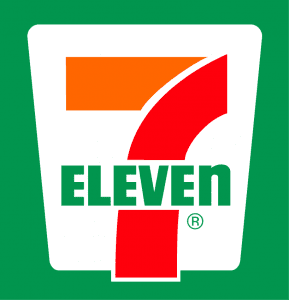 |  |
Chain Supermarkets
 |  |  |
Neighborhood Marts
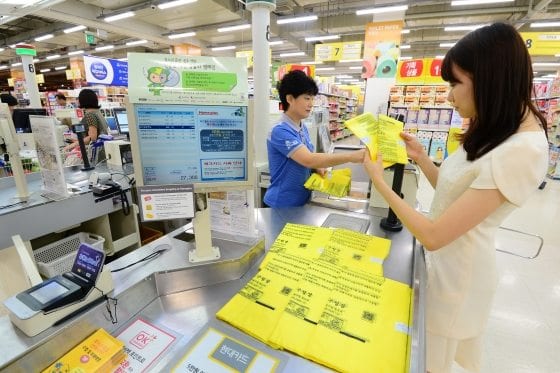
There are many ways to purchase these trash bags. Sometimes, they are located in store aisles, and other times you will have to ask the cashier if you want to purchase them.
How To Ask For Garbage Disposal Bags
(In case they are not on display)
• 일반 쓰레기 봉투 있어요? (il-ban sseu-le-gi bong-tu iss-eo-yo?) = Do you have general waste garbage bags?
• 음식물 쓰레기 봉투 있어요? (eum-sig-mul sseu-le-gi bong-tu iss-eo-yo?) = Do you have food waste garbage bags?
After you asked, if they have available they will ask you either of these two questions (or both)
몇 장? (myeot-jang?) = How many [garbage bags]?
- 하나 (ha-na) = one
- 둘 (dul) = two
- 셋 (set) = three
- 넷 (net) = four
- 다섯 (da-seot) = five
- 여섯 (yeo-seot) = six
- 일곱 (il-gob) = seven
- 여덟 (yeo-deolb) = eight
- 아홉 (a-hob)= nine
- 열 (yeol) = ten
The bags are usually bundled in sets of 10 or 20 bags, depending on their size. But you can ask for a specific quantity if you want.
몇 리터? (myeot-li-teo?) = How many liters? [The size of the bag is measured in liters]
- 이 (i) = two
- 삼 (sam) = three
- 오 (o)= five
- 십 (sib) = ten
- 이십 (i-sib) = twenty
- 삼십 (sam-sib) = thirty
- 오십 (o-sib) = fifty
- 칠십오 (chil-sib-o) = seventy-five
- 백 (baek) = One Hundred
*Not every place has all the sizes available.
Types Of Waste/Garbage
General Waste (일반 쓰레기)
General waste is all everything that doesn’t belong in the recyclables or food waste categories. General waste includes used tissue, used toilet paper (in the cases where you don’t flush it down the toilet), sanitary pads, old shoes and clothes, etc.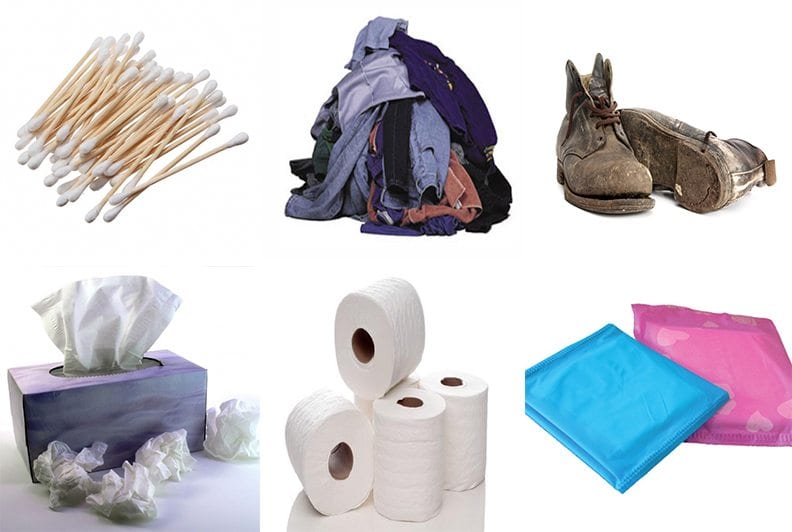 *In some locations, you will find a container used exclusively to collect recycled clothing.
*In some locations, you will find a container used exclusively to collect recycled clothing.
Recyclable Waste (재활용 쓰레기)
Recyclable waste is actually quite easy to classify because most packages include a recycling symbol that indicates in which type of container the waste belongs to.
Paper Pack (i.e. juice, milk, etc)
Glass (i.e. Beer bottles)
Cans (i.e. aluminium or Iron)
Paper (i.e. printing paper, magazines, newspaper, boxes, cartons, etc.)
Plastic (NOT including Toys, stationery pens, small candy wraps)
PET Bottles
Vinyl (i.e. snack bags, dessert wraps, etc)
Food Waste (음식물 쓰레기)
Food waste includes anything edible. However, you just have to follow the golden rule of: “If an animal will eat it, then it goes in the food waste bag“

(i.e. fruit peel, vegetable peel, watermelon skin, uneaten cooked or uncooked meat, raw egg without the shell, etc)
DON’T INCLUDE THE FOLLOWING IN FOOD WASTE:
The exceptions for food waste are egg shells, crustacean shells (Crab, Lobster, Shrimp, etc), clam shells, onion and garlic paper-like skin, animal bones (beef, pork, chicken, lamb, etc), tea bags or tea leaves. All of these are considered GENERAL WASTE.
Oversized Waste (대형 쓰레기)
As the name states, oversized waste is waste that is too big to be collected in a conventional garbage bag. Examples include refrigerators, induction cookers, TVs, air conditioners, gas ranges, big furniture like bed mattresses, sofas, desks, coffee tables, microwaves, washing machine, etc.
For oversized waste, you have to contact your local district office and request an oversized garbage disposal. When you call, the office will ask you about the type and size of the waste. Afterward, the office will provide you with a sticker to place on whatever you are planning to dispose of. Place the oversized object in the designated area on the appointed date and it will be taken care of.
You also can do this process online (most districts have an English version). To do this, just go to your district’s official website, look for an oversized garbage disposal tab, select the type of object, select your way of payment, credit or bank transfer, and then print the sticker and attach it on the object. Afterward, place your oversized waste in the designated area on the appointed date.
Collection Time & Place
Garbage disposal times and locations in South Korea depend on each district. To check when the collection times are, you can ask your landlord, real estate agent, or the building management office. Also, be sure to check for information on the garbage bags themselves – as they should note the designated day and hour of disposal each week. If you’re unable to find this information in any of the places mentioned above, you also can look up information on your district website.
Even though the day of the week may be different between districts, the time of garbage pickup is typically after sundown (7:00PM-ish or 8:00PM) until early in the morning next day (5:00 AM).
Penalties
If you don’t comply with these regulations, you will have to pay a fine, and depending on where you live they can be up to ₩300,000 (around USD$300 if you take ₩1,000 = USD1$).
Garbage disposal in Korea can be a little bit confusing and annoying at first. However, bear with it as South Korea is trying to take action in reducing its carbon footprint.
Cover photo: ProjectManhattan, Recycling bins at Busan, South Korea, CC BY-SA 3.0
For other guides for your life in Korea, check out our full Guides List



